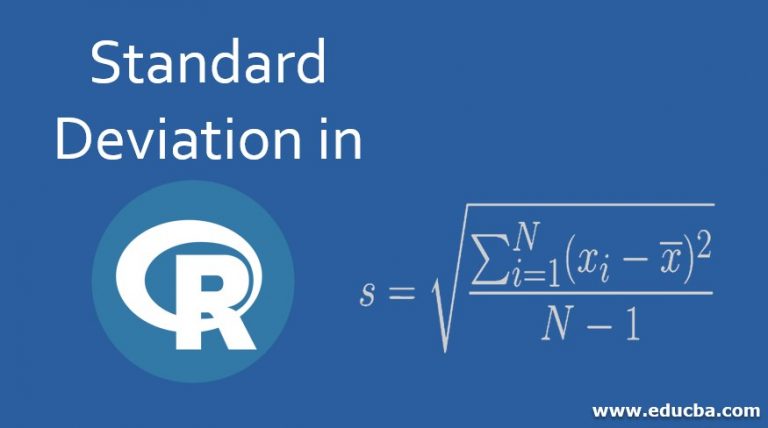
Then based on the decision, we supply the data to the function needed. First we have to do decide whether we will compute the CI based on the \(t\) or \(z\) distribution. Lets compute the CI of the data presented above for antibody titer measurements. The function below computes the CI based on the \(z\) distribution, it also returns a data frame containing descriptive measures and the CI. Tidyr::pivot_longer(names_to = "Measurements", values_to ="values", 1:6 ) The function below computes the CI based on the \(t\) distribution, it returns a data frame containing descriptive measures and the CI. This indicates that at the 95% confidence level, the true mean of antibody titer production is likely to be between 12.23 and 15.21. By applying the CI formula above, the 95% Confidence Interval would be. The mean antibody titer of the sample is 13.72 and standard deviation is 3.6.

The vaccine was administered to 25 subject/patients, after a specific period, the anitbody titer in the blood was measured for each patient.
STANDARD DEVIATION IN RSTUDIO TRIAL
To test their hypothesis a clinical trial was conducted. Since \(\alpha\) is the probability of confidence interval not including the true population parameter, thus 1 – \(\alpha\) is equal to the probability that the population parameter will be included in the interval.Īssume Scientists came up with a vaccine against a certain virus and are 95% confident that mean antibody titer production induced by the vaccine is 15 IU/L. These values resemble a descriptive measure of the sample/cohort.Īverage mean \[\bar\) is taken from the \(z\) distribution based on the probability \(\alpha\) of the confidence level. The basic information needed to calculate the CI are the sample size, mean and the standard deviation. Basically the larger the sample size the narrower the interval would be. If we repeat an experiment/sampling method 100 times, 95% of the times would include the true population mean. The figure below shows a 95% confidence interval of a normal distribution: Whenever CI are reported, it is essential to focus on the reported confidence level.

A basic rule to remember, the higher the confidence level is, the wider the interval would be. Based on the confidence level, a true population mean is likely covered by a range of values called confidence interval. Confidence intervals (CI) are part of inferential statistics that help in making inference about a population from a sample.


 0 kommentar(er)
0 kommentar(er)
